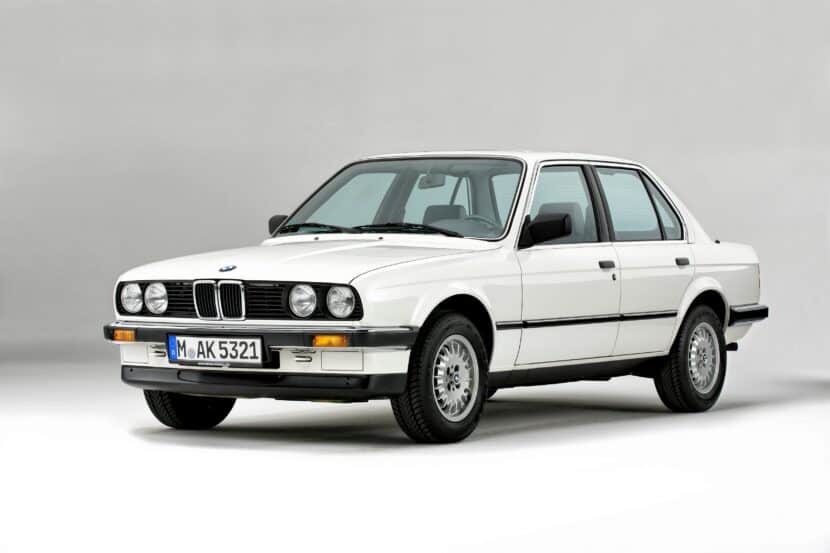It’s hard to imagine the world without the iconic BMW 3 Series. While it isn’t quite the model’s genesis, without the success of the E30 3 Series from the 1980s, the nameplate wouldn’t be where it is today. The love most car enthusiasts share for the E30 doesn’t just stem from how the car drives, though. Its design has become a hallmark of BMW aesthetics and a certain place in BMW history that almost everybody idolizes.
The E30 Design Brief
When BMW was looking at development and design for the E30 3 Series, there were two primary goals. The first was to make sure customers could identify the new 3 Series, unequivocally, as a BMW. Designers could accomplish this by drawing on the previous generation – the E21 – heavily for inspiration. The second half of the design brief was to simply establish the 3er as its own, separate model from the larger but similar looking BMW 5 Series.
The Chief Designer at the time – Claus Luthe – was well-versed in bringing new and successful cars to market. Before the E30, Luthe comprehensively updated the aging 5 Series platform. The E28’s development went far over budget, but practically secured BMW generational success. Prior to BMW, Luthe had a hand in the Audi 50, Audi 100, and the funky NSU Ro 80. Unlike these projects, though, Luthe was tasked with reusing as much of the E21 as possible, all while satisfying the brief and adding new models to the mix.
Demand had grown for the 3 Series, and BMW was bringing four-door models to market with the E30. Later, a wagon and the iconic E30 M3 would join the lineup. As author Steve Saxty noted: “Comfortable for drivers, but less so for the eyes of its designers.”
Checking the Boxes
Luthe brought in Ercole Spade and Boyke Boyer (Ford) in to help, and the results speak for themselves. The E30 utilized a four-headlight look across the lineup, instead of reserving it just for select models like the E21. A flatter front end with slightly deeper-set grilles gave the car a more pedestrian, efficient look. The raised front suspension demanded that the front end of the car sit higher than Luthe would’ve liked – something he continued to lament long after the car entered production.
Overall, the E30 3 Series was far from revolutionary. It’s hard to even consider it evolutionary, as in many ways, it’s a ‘toned-down’ E21 3 Series. But check out its contemporaries: cars like the Alfa Romeo Milano and Ford Sierra look over-styled and ridiculous today. The E30 – mostly because it isn’t trying to do anything very creative – has aged like wine. Much of this story was inspired by a selection found in Steve Saxty’s book, BMW by Design. If you like stories and info like this, it’s probably worth checking the book out!



